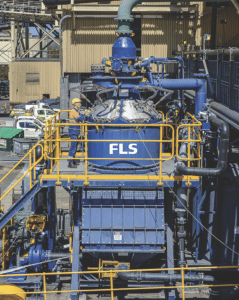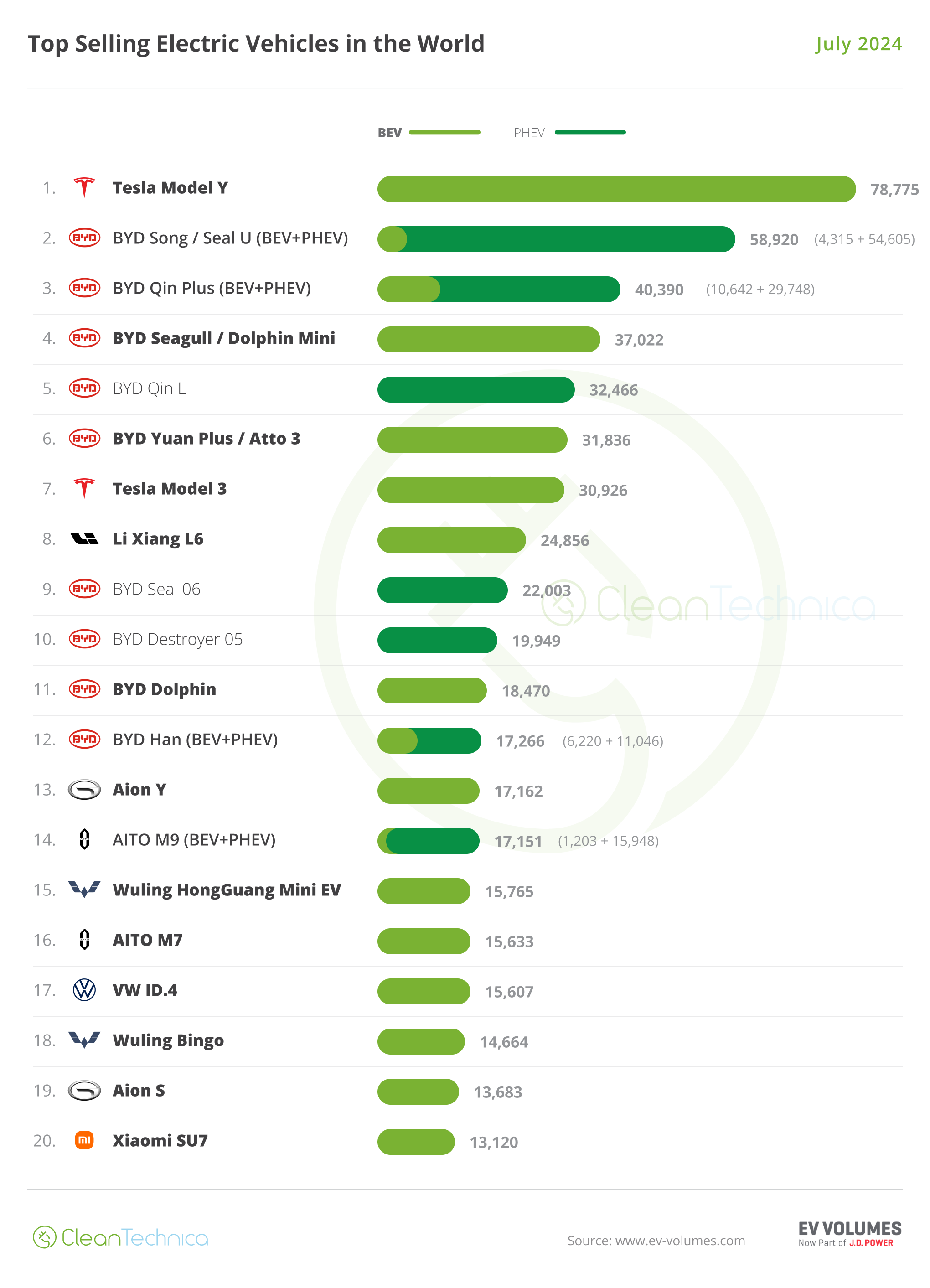FLSmidth Asia Pacific regional president Jason Elks spoke to Australian Mining about how the resources industry can be a harbinger of decarbonisation.
“It’ll be transformational in 2024.”
When the Asia Pacific regional president of a multinational original equipment manufacturer (OEM) gives you a scoop, it’s worth taking it on-board.
Jason Elks, who is part of a team driving a new vision at FLSmidth, believes mining companies have a unique opportunity to lead the carbon-neutral agenda and insulate themselves from the carbon tariffs underpinning the Australian Government’s Safeguard Mechanism.
Under the Safeguard Mechanism, companies that emit more than 100,000 tonnes of CO2-equivalent (CO2-e) per financial year will be required to buy Australian carbon credit units (ACCUs) to offset their carbon footprint.
In the 2023–24 financial year, ACCUs can be bought for $75 per tonne for every tonne a company goes above its 100,000-tonne CO2-e cap. This increases annually with the consumer price index (CPI), plus two per cent.

For the mining industry, the best way of circumventing the Safeguard Mechanism isn’t just by introducing electrification in the pit, through new technologies such as battery-electric haul trucks and loaders, but also by scrutinising the efficiency of fixed plant.
“What we’re talking about is doing more for less – giving you more product for less CO2 per tonne,” Elks told Australian Mining. “We’re not saying we can eliminate CO2, but we can reduce the impact.
“The irony of that is if you look at the tariffs in Australia’s Safeguard Mechanism, it’s a per-tonne tax, and if you’re going to rank CO2 per tonne, fixed plant is the quickest and easiest way to give you a competitive advantage.
“And not many companies, bar a few companies we’re currently running trials with, are looking at it.
“It will be revolutionary.”
Esteemed for its mineral processing offerings, some of FLSmidth’s premium fixed plant include its REFLUX technologies, comprising the REFLUX Classifier (RC), REFLUX Concentrating Classifier (RCC) and REFLUX Flotation Cell (RFC), alongside its crushing, milling and grinding solutions.
The RC has become one of FLSmidth’s most advanced fine-particle, gravity-based separators, using minimal power and water to enable the recovery of more minerals more efficiently.
The product is core to FLSmidth’s broader MissionZero strategy, which is seeing the OEM work with mining customers on a partnership model to provide end-to-end solutions that aim to achieve zero emissions, zero water waste and zero energy waste by 2030.
“A primary focus of ours this year has been to work closer to the customer, move our inventory base closer to the customer, and de-risk their business,” Elks said.
“So rather than selling a product to a customer, we’re more interested in being a part of the customer’s business and building their business.
“So if I say, ‘Do I want to sell you a crusher?’ No, I don’t. But if I say, ‘Do I want to help your company become a multi-billion-dollar business?’ Of course I do.
“We’re more focused on a partnership approach rather than product sales, and that’s what innovative customers demand.”
The partnership model sees FLSmidth meet with its mining partners monthly, brainstorming ways to optimise for today as well as the future.

“We work with customers on six-to-18-month rolling plans for supply and demand. We look at production schedules, we forecast needs, and we’re pre-empting what the customer base is looking for,” Elks said.
“This in turn allows us to bring our inventories closer to the customer, reduce lead times and therefore reduce risk.”
FLSmidth empowers its mining partners to work intelligently and proactively, considering the medium- and long-term opportunities rather than only operating in the now.
The OEM’s technologies enable miners to drive down emissions now, while orders can be made and processes put in place to decarbonise an entire flowsheet in the years to come.
“Decarbonisation is the answer, there’s no doubt about it,” Elks said. “And we have to stop haul trucks from emitting diesel particulate – that’s one part of the puzzle. But that’s not going to happen until 2030–2035 when the battery technology catches up and capital equipment is changed out.
“Imagine if we could take 20 per cent off your CO2 footprint per tonne today. It’s not about what we’re innovating, we already have the technology available in some commodities now.”
With trials being conducted with some proactive mining companies, FLSmidth’s vision for carbon-neutral mineral processing is coming to life.
Elks said the company is engaging miners operating in iron ore, manganese and coal before it builds out from there.
“We’re working with our mining partners to achieve greater beneficiation of their products, so less will go to waste, they’ll recover more, and they’ll ultimately have more saleable product,” he said.
“From studies we have conducted ourselves, supported by theoretical university papers, depending on the product and mine, we could recover up to 50 per cent of mine waste as saleable product.
“This would be revolutionary for a company’s footprint, their tailings requirements, and for reducing capital expenditure on the back end.
“It’s a multi-billion-dollar proposition for iron ore producers each year.”
To achieve a net-zero future, the Australian mining industry will need to ask itself some difficult questions.
Operational footprints will need to be cut significantly for Scope 1 emissions to be reduced, and measures such as the Safeguard Mechanism mean mining companies that don’t cooperate will be penalised.
The most effective decarbonisation plans will be implementing abatement measures now alongside medium- and long-term strategies.
This is where FLSmidth can help, with established beneficiation technologies that can drive down Scope 1 emissions per tonne now while converting mine waste into more saleable product.
As Elks said, the Australian mining industry is starting to have its ‘a-ha’ moment, but it’s going to take greater ambition if the sector is to grab its net-zero imperative with both hands.
“This is my plug: between now and 2026, a transformation is going to happen in the Australian mining industry,” Elks said.
“It won’t come from the miners, but it will come from the suppliers, it will come from fixed plant, and it will come from mobile fleet manufacturers.
“We will transform the industry, but the miners have to come with us. They can’t just keep buying what they bought yesterday, or nothing will change.”
This feature appeared in the December 2023 issue of Australian Mining.



